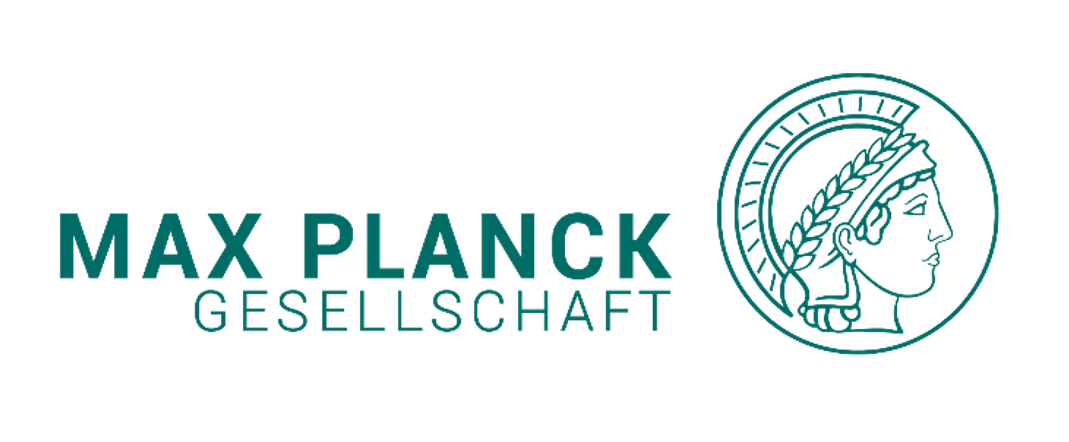
Completing the unfinished
On the occasion of Ludwig van Beethoven’s 250th birthday in 2020, music researchers and AI experts conducted a special experiment –composing Beethoven’s tenth symphony.
After the great success of the “Ninth”, Beethoven was working on another symphony. But by the time of his death in 1827, only a few sketchy bits were finished. The idea of the project was to use AI methods to turn it into one potentiell version of the tenth symphony. To do this, the existing Beethoven compositions were analysed and converted for machine reading. This allowed the algorithms to learn the typical Beethoven style so they could now – based on the rough sketches they had – produce meaningful musical passages.
Music scholars chose the best of these and fed them back into the system. In this way the new work was created step by step. Admittedly the piece of music produced by the AI was “only” a uniform sound sequence to begin with. It remained the job of human composers to interpret it for the various instruments of the orchestra.
© gemeinfrei
Music scholars chose the best of these and fed them back into the system. In this way the new work was created step by step. Admittedly the piece of music produced by the AI was “only” a uniform sound sequence to begin with. It remained the job of human composers to interpret it for the various instruments of the orchestra.
A new symphony is created
Here the AI “plays” its composition as a glass harmonica. The first six bars, in other words around the first eleven seconds, are the original work of Beethoven.Cooperation partners

|

|



